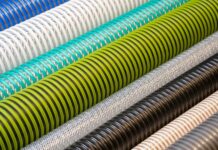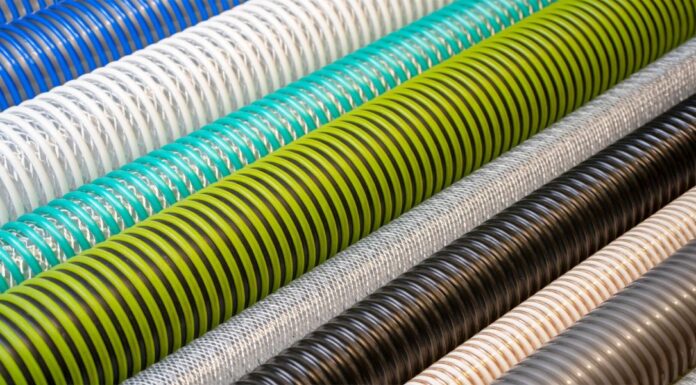
Four-dimensional (4D) printing involves conventional 3D printing followed by a shape-morphing step. It enables more complex shapes to be created than is possible with conventional 3D printing. However, 3D-printed ceramic precursors are usually difficult to be deformed, hindering the development of 4D printing for ceramics.
To overcome this limitation, we developed elastomeric poly(dimethylsiloxane) matrix nanocomposites (NCs) that can be printed, deformed, and then transformed into silicon oxycarbide matrix NCs, making the growth of complex ceramic origami and 4D-printed ceramic structures possible.
In addition, the printed ceramic precursors are soft and can be stretched beyond three times their initial length. Hierarchical elastomer-derived ceramics (EDCs) could be achieved with programmable architectures spanning three orders of magnitude, from 200 μm to 10 cm.
A compressive strength of 547 MPa is achieved on the micro-lattice at 1.6 g cm−3. This work starts a new chapter of printing high-resolution complex and mechanically robust ceramics, and this origami and 4D printing of ceramics is cost-efficient in terms of time due to the geometrical flexibility of precursors.
With the versatile shape-morphing capability of elastomers, this work on origami and 4D printing of EDCs could lead to structural applications of autonomous morphing structures, aerospace propulsion components, space exploration, electronic devices, and high-temperature microelectromechanical systems.
Read more: Origami and 4D printing of elastomer-derived ceramic structures
Image courtesy of: advances.sciencemag.org
Paper PDF: Origami and 4D printing of elastomer-derived ceramic structures











